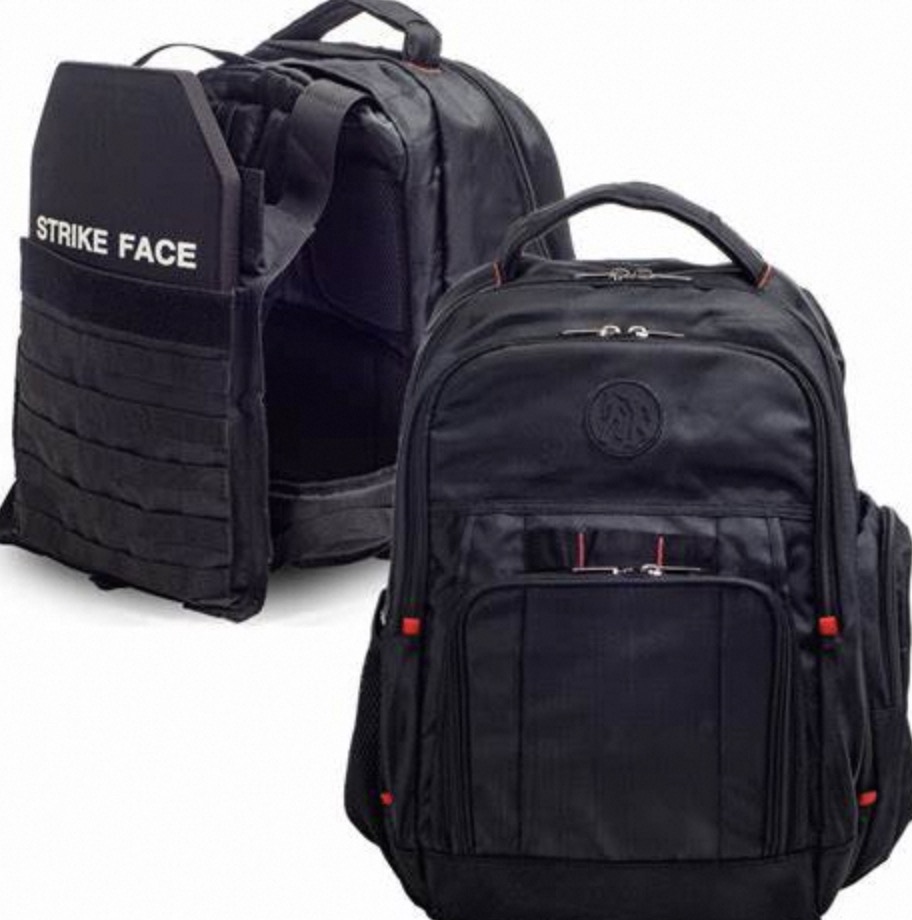Introduction:
The concept of a bulletproof kids backpack has become a topic of considerable debate among parents, educators, and security experts. In an era where school safety concerns are at the forefront of public discourse, these specialized backpacks are being marketed as a precautionary measure for children. This article explores the intricacies of bulletproof backpacks designed for kids, examining their protective capabilities, psychological impact, ethical considerations, and the perspectives of various professionals involved in child safety and welfare.

I. The Rationale Behind Bulletproof Kids Backpacks
The primary purpose of a bulletproof kids backpack is to provide a defensive barrier against ballistic threats. Security analysts explain that these backpacks are outfitted with armor panels made from high-endurance materials like Kevlar or polyethylene that are capable of stopping or mitigating the force of bullets from firearms.
II. Design and Material Specifications
A bulletproof kids backpack must balance protective functionality with everyday usability. Product designers and materials scientists discuss the complexities of integrating ballistic-resistant materials into a child’s backpack while maintaining comfort, usability, and aesthetic appeal.
III. Bulletproof Kids Backpack: Protective Efficacy
The efficacy of a bulletproof backpack is a major consideration for consumers. Ballistic safety experts weigh in on the National Institute of Justice (NIJ) standards for body armor, explaining the levels of protection offered and what types of ammunition these backpacks are designed to withstand.
IV. Psychological and Social Implications for Children
While physical safety is paramount, the psychological impact of carrying a bulletproof backpack is a concern for mental health professionals. Child psychologists discuss the potential for increased anxiety or fear among students who use these backpacks, and the broader implications for their perceptions of safety in school environments.
V. Bulletproof Kids Backpack: An Ethical Perspective
Ethicists and sociologists delve into the moral considerations surrounding the sale and use of bulletproof backpacks for children. They debate whether the normalization of such security measures reflects societal failings and how it influences the discourse on gun violence and school safety policies.
VI. Practical Considerations for Parents and Guardians
Parents and guardians face practical decisions when considering the purchase of a bulletproof kids backpack. Child welfare advocates offer guidance on factors to evaluate, including the backpack’s weight, ease of use, cost, and the age-appropriate discussions necessary when introducing such an item to a child’s daily routine.
VII. Bulletproof Kids Backpack: A Law Enforcement Viewpoint
Law enforcement professionals provide insight into the role bulletproof backpacks could play in emergency situations. They discuss tactical considerations, the reliability of these backpacks in active shooter scenarios, and the importance of comprehensive safety planning beyond reliance on personal protective gear.
VIII. Educational Institution Policies and Reactions
School administrators grapple with policy decisions regarding the allowance and integration of bulletproof backpacks within educational settings. Education policy experts outline the challenges in balancing respect for parental choices with the collective responsibility to create a non-threatening learning environment for all students.
IX. The Market for Bulletproof Kids Backpacks
Industry analysts and safety product manufacturers discuss the growing market for bulletproof backpacks, consumer demand trends, and the ongoing development of products that aim to enhance child safety without causing undue alarm or discomfort.
X. Moving Forward: The Future of Child Safety Measures
Futurists and social innovators consider the future trajectory of child safety measures, including bulletproof backpacks. They speculate on advancements in material science that could lead to lighter, more discreet, and more effective protective solutions for children in public spaces.
Conclusion:
The bulletproof kids backpack symbolizes a complex intersection of safety, education, and societal concerns. As professionals from diverse fields offer their insights and perspectives, it becomes clear that the decision to utilize such a product involves careful consideration of its benefits, limitations, and the broader message it conveys. Whether viewed as a necessary precaution or a sobering sign of the times, bulletproof backpacks for children are part of an ongoing conversation about ensuring the safety and well-being of the next generation.

